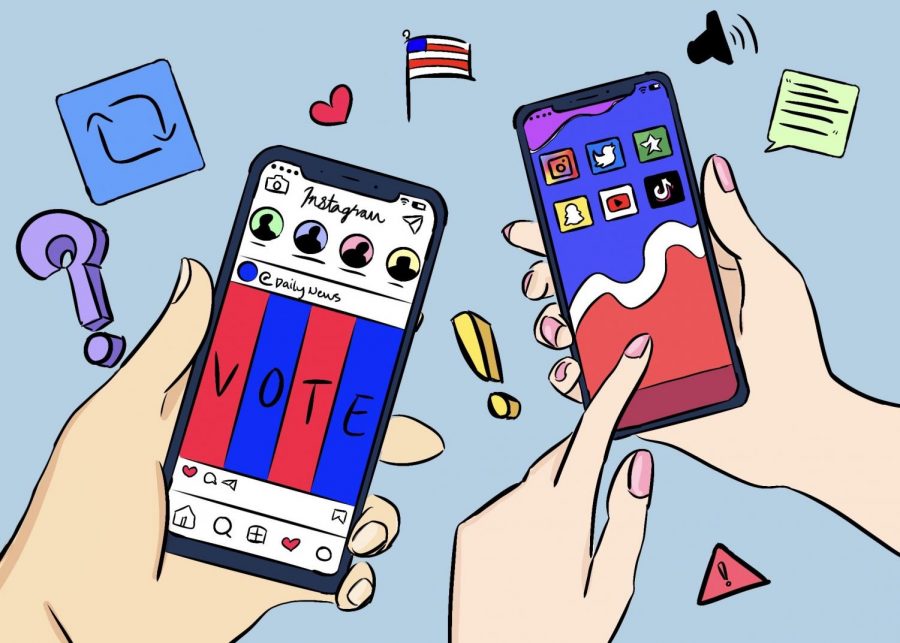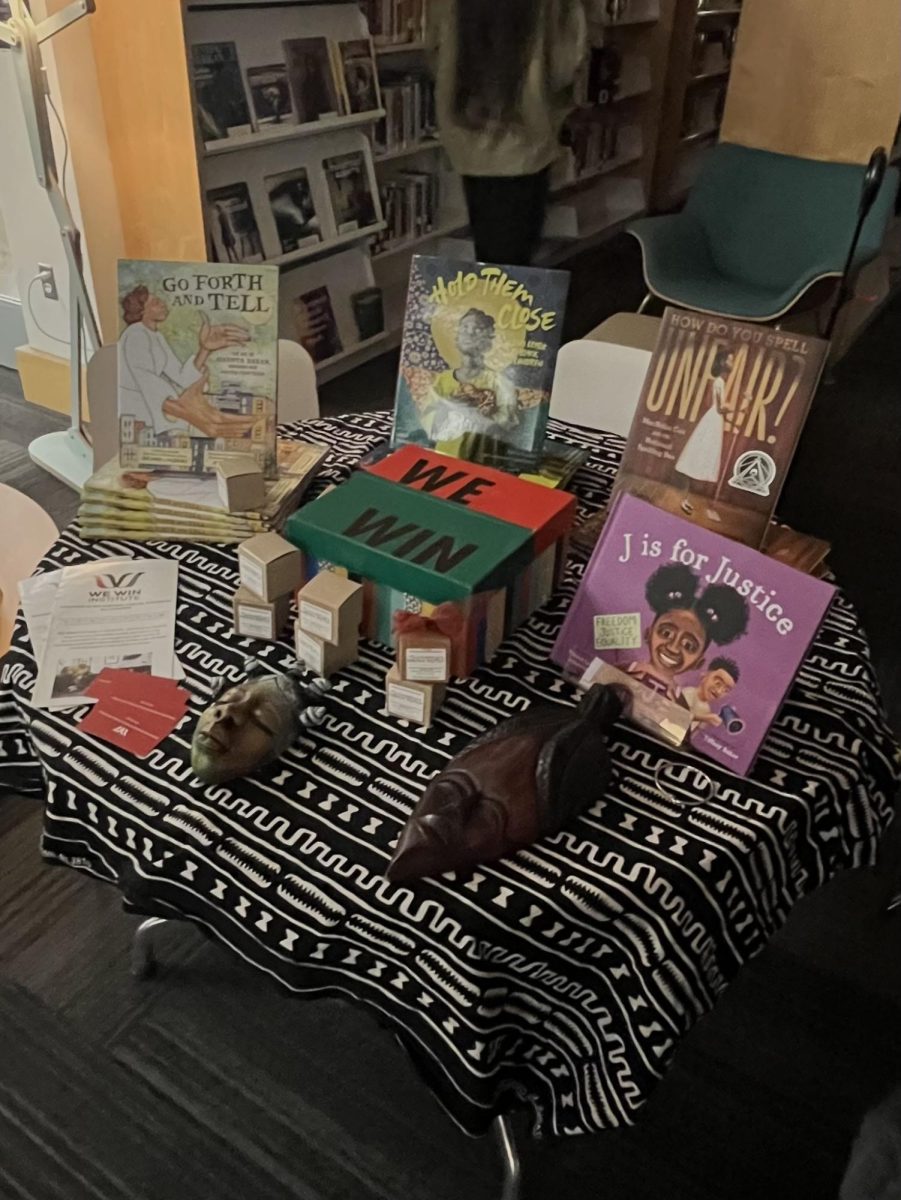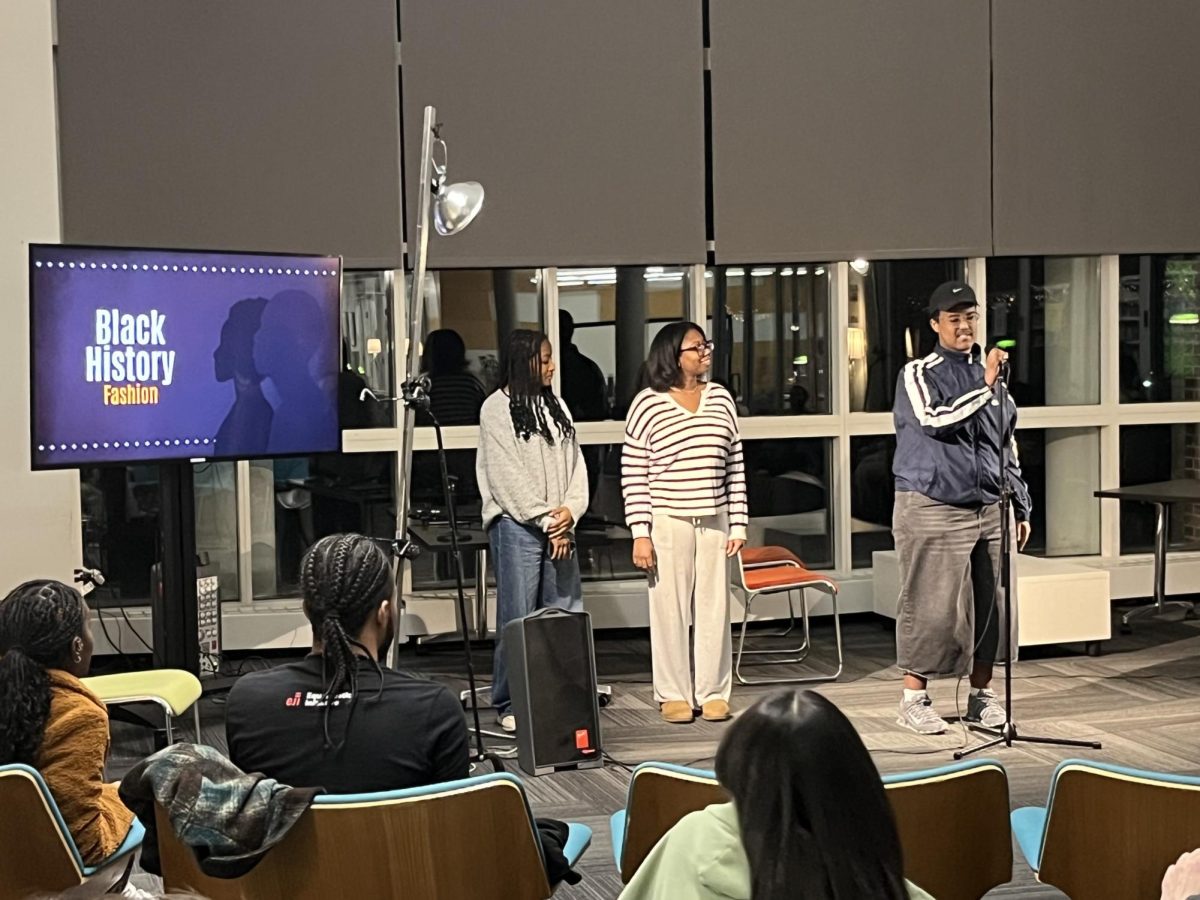Twitter’s main purposes, according to their website, are to “give everyone the power to create and share ideas” and “not detract from a free and global conversation.” Instagram’s mission statement claims “to capture and share the world’s moments.” But are the ideas on Twitter really coming from everyone? And how can a conversation truly be free and global if it has bias towards one direction of the political spectrum?
Both of these platforms fail to accurately reflect the political ideologies of the American public, going against their missions and potentially misleading users who have trust in those words.
CrowdTangle, a social media statistics platform owned by Facebook, recently released data on user trends on Instagram. From Sept. 10 to Oct. 9 this year, interactions with the phrase “Make America Great Again” had 2.3 million interactions on posts from the top 50 most vocal accounts on the topic. By the same standards, the terms “Black Lives Matter” and “climate change” had 20.3 and 14.9 million interactions respectively.
While the literal meaning of climate change isn’t at all a partisan talking point, much of the robust debate has resulted from more radical proposals of going about it, such as those outlined in Alexandria Ocasio Cortez’s (D – NY14) Green New Deal.
In a similar sense, while the literal meaning of “Black Lives Matter” is barely controversial, the policy views of the organization and their association with critical race theories are unquestionably left-wing talking points.
Associate professor Deen Freelon from the University of North Carolina Chapel Hill led a study on 86 million tweets from 2019. He found that, among popular topics of the time ñ mass shootings, white nationalism, sexual harassment, hurricanes, and the Mueller Investigation ñ the center-left was by far the most vocal. And the fact that the alt-right actually drowned out the center-right most of the time is a good example of polarized discourse, albeit leaning towards Democrats.
While all such data are from selected issues and time frames, core demographics among Instagram and Twitter users make the same point ñ that their platforms are not truly “global conversations,” nor all of the “world’s moments.”
According to Pew Research, a mere 35% of twitter users are Republican or lean Republican, compared to 60% being Democratic or leaning Democrat. When asked if they were “very conservative,” only 14% of respondents said that they were. That’s compared to 25% in the general public.
As Kevin Roose and Keith Collins pointed out in The New York Times, Instagram “is most popular with users between ages 18 and 29, who tend to vote for Democrats.” The reasons are numerous, but generational politics seems to account for a large part of bias on both social media networks.
The betrayal of their mission statements by Instagram and Twitter is not just a disservice to their brands but potentially to their users. Trusting the stated goals of big tech companies would likely exacerbate the ideological trends on the apps, for it would be acting that the distorted version of the “global conversation” is the real thing. And the increasing amount of users throughout the 2010s is a testament to the damage that could be done in the next decade.
In the meantime, considering the control that big tech companies have amassed, students need to recognize these biases and realize that when they are logging on to some of the most popular apps for Gen Z, they are not immersed in a fair picture of the American political spectrum.











